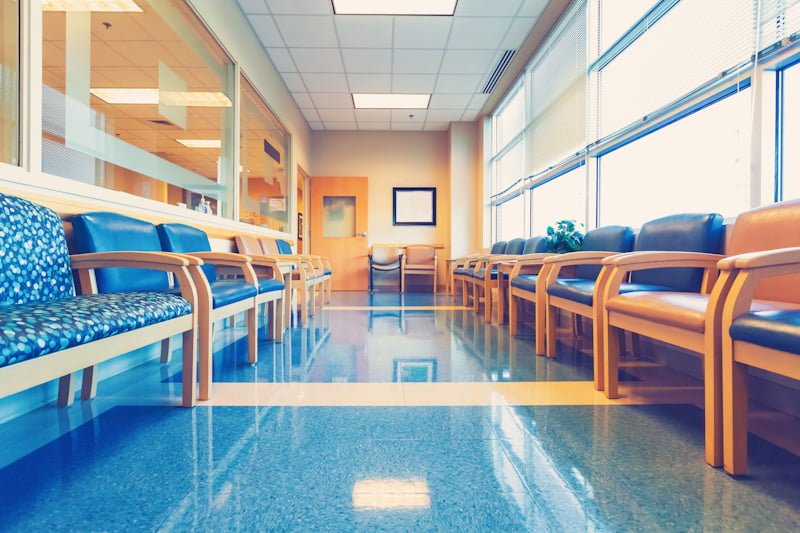O+M for Medical Office
Medical Office Buildings provide their own unique challenges for the operations and maintenance professional, but at their roots, they are just like many other commercial buildings. The focus for the operation of medical office building is primarily on building a great experience for patients, doctors and staff. Here is a look at what makes medical office buildings unique, how to prioritize a great patient experience, and where technology is helping to advance medical office buildings.
What Makes Medical Office Buildings Unique
The primary difference between a medical office building, or MOB, and most other commercial buildings has to do with the flow of people through the building. According to Steve Kowal, director for technical services at Lillibridge Healthcare Services, unlike a typical office building where big waves of people come first thing in the morning and then all leave at the end of the work day, medical office buildings have a near constant flow of traffic as patients come and leave throughout the day. This can make scheduling maintenance and upkeep of the building, especially in busy public spaces, a challenge during the day.
Another challenge in most medical office buildings is limited staff. Often there are few engineers and maintenance techs that are spread out over more buildings, leading to more dependence upon third party vendors like Trane or Carrier to fix systems.
Good Patient Experience
A huge part of O+M within medical office buildings is patient experience, because happy patients make for happy tenants. The obvious part of a positive patient experience is extra upkeep to maintain a clean and working building, but there are other key areas as well.
One of the keys to a great patient experience is ensuring that your building has effective vertical transportation like elevators and that they are kept in good order, especially since many patients are elderly or have a disability that can make it hard to move around a building. Effective vertical transportation needs to be well-maintained as no patient wants to get stuck in an elevator.
Another important area for medical office buildings is to have clear signage. Good signage effectively directs patients to their doctor without them getting lost or confused. LED and more advanced signage is becoming increasingly common to help direct patients within medical office buildings, as it can be easier to see and help the patients to more easily find their way around.
Where the Industry is Going
As technology continues to advance, we need to keep advancing how we upgrade and maintain our buildings. Even within the medical space, new technology continues to be an area of focus. According to Kowal the real challenge isn’t implementing technology for technology’s sake, but rather using technology to “get old buildings up to date so they can compete with new buildings.”
Like many other commercial buildings, the medical industry is increasingly looking for more automation that will alert O+M professionals when things break, increase efficiency and reduce costs. All these enhancements help to limit downtime of systems within MOBs, making for happier tenants and less stress for building managers.
Along with an increase in automation technologies, tenants continue to want faster and more reliable internet and cell service within their buildings. These are used both for the medical professionals to send data like patient records and scans over networks, as well as for the personal cell phone use of all within the building.
Though medical office buildings have some unique characteristics that make operations and maintenance different than a normal commercial office building, at their core, these types of buildings are very similar to many other commercial properties.









